Reports indicate that Xiaomi’s next-generation in-house system-on-a-chip (SoC), the XRING O2, is set to debut in 2026. This new chip, a follow-up to the XRING O1, is expected to maintain Xiaomi’s partnership with Taiwan Semiconductor Manufacturing Company (TSMC), one of the world’s largest chipmakers. Interestingly, sources suggest the XRING O2 will be built on TSMC’s 3nm process rather than moving forward to the more advanced 2nm node. That decision puts Xiaomi on a slightly different track compared to rivals like Apple and Qualcomm, who are reportedly preparing to adopt the 2nm process for their future chips.
Key Takeaways:
- Xiaomi’s next in-house chip, XRING O2, is planned for release in 2026.
- It will reportedly use TSMC’s 3nm manufacturing process.
- The company is not expected to shift to 2nm technology like some of its competitors.
- Cost pressures and manufacturing complexities may have influenced the choice.
- The XRING O2 could power multiple product categories, from smartphones to cars.
The TSMC 3nm Process and Its Place in the Market
Choosing to remain with the 3nm process is a notable decision. In semiconductor design, the nanometer measurement refers to the size of transistors. Smaller transistors generally allow more to fit on a chip, which can improve efficiency and performance. TSMC’s 3nm technology is already one of the most advanced options available, powering high-end devices on the market today. Xiaomi’s first in-house SoC, the XRING O1, was also believed to be produced on a variant of this same process.
That said, TSMC is already preparing for its 2nm node, which promises further improvements in speed and energy savings. Companies such as Apple and Qualcomm are expected to embrace 2nm for their flagship chips. By comparison, Xiaomi’s decision to stick with 3nm may mean its XRING O2 ends up slightly behind in raw performance when chips from competitors launch around the same time.
Potential Reasons Behind the Decision
There could be several explanations for this move. Cost is perhaps the most obvious factor. Manufacturing on the 2nm node is expected to be extremely expensive, with wafer prices significantly higher than current 3nm production. By holding steady with 3nm, Xiaomi can manage expenses more effectively and perhaps keep device prices competitive.
Another possibility is the complexity that comes with shifting to a new node. Transitioning to 2nm requires large investments in research, new designs, and testing to ensure reliability. It is not only costly but also time-consuming. Xiaomi may prefer to refine its designs on the proven 3nm process instead of taking on the risks that come with jumping to the newest technology. This approach allows the company to concentrate on chip architecture and unique features rather than worrying about potential issues from a manufacturing transition.
Broader Applications of the XRING O2
The XRING O2 is not expected to be limited to smartphones alone. Reports suggest that Xiaomi is considering deploying the chip in its electric vehicles as well. In cars, the chip could handle entertainment systems and other secondary functions, leaving critical tasks like autonomous driving to specialize processors from companies such as NVIDIA. Using one in-house chip across different product lines could give Xiaomi more consistency across its ecosystem, as well as simplify software integration.
This direction reflects a broader industry shift. More tech companies are designing their own silicon in order to gain better control over performance and integration, while also reducing reliance on third-party suppliers. Even if Xiaomi’s XRING O2 does not arrive on the very latest 2nm technology, the decision to continue building in-house chips demonstrates the company’s commitment to shaping its own technology ecosystem.
Related FAQs
Q1: What is a nanometer (nm) in chip manufacturing?
A: In chip manufacturing, a nanometer refers to the size of the transistors on a chip. A smaller nm number indicates that more transistors can be packed into a smaller space, which usually results in better performance and lower power consumption.
Q2: What is an SoC (System-on-a-Chip)?
A: An SoC is a single integrated circuit that contains all the major components of a computer or other electronic system, such as a CPU, GPU, memory, and modem. It is essentially the brain of a device like a smartphone.
Q3: Which company makes the XRING O2 chip for Xiaomi?
A: While Xiaomi designs the XRING O2 chip, it is reportedly manufactured by TSMC (Taiwan Semiconductor Manufacturing Company), a global leader in semiconductor fabrication.

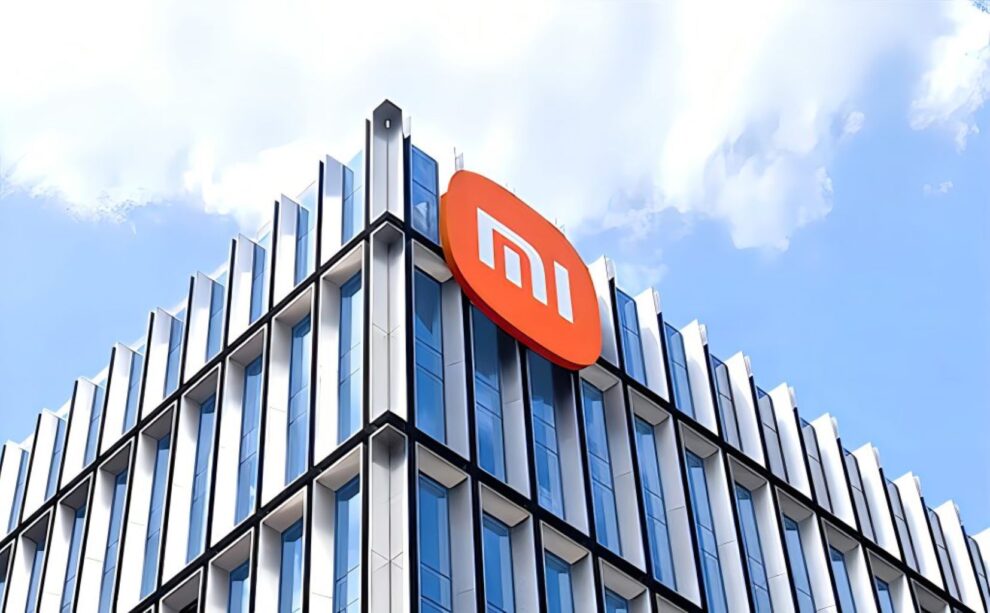
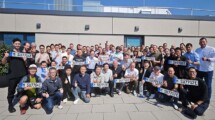

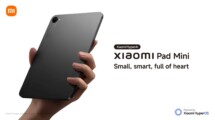

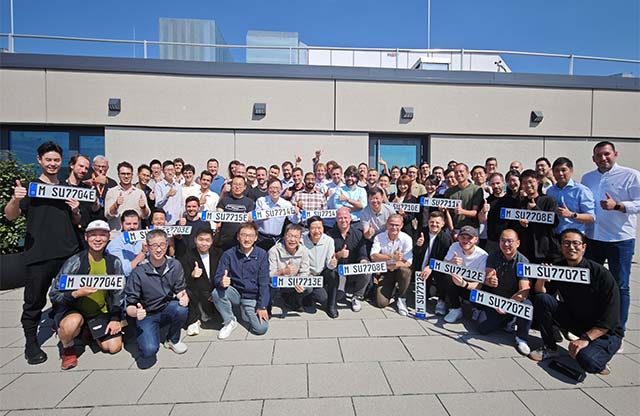
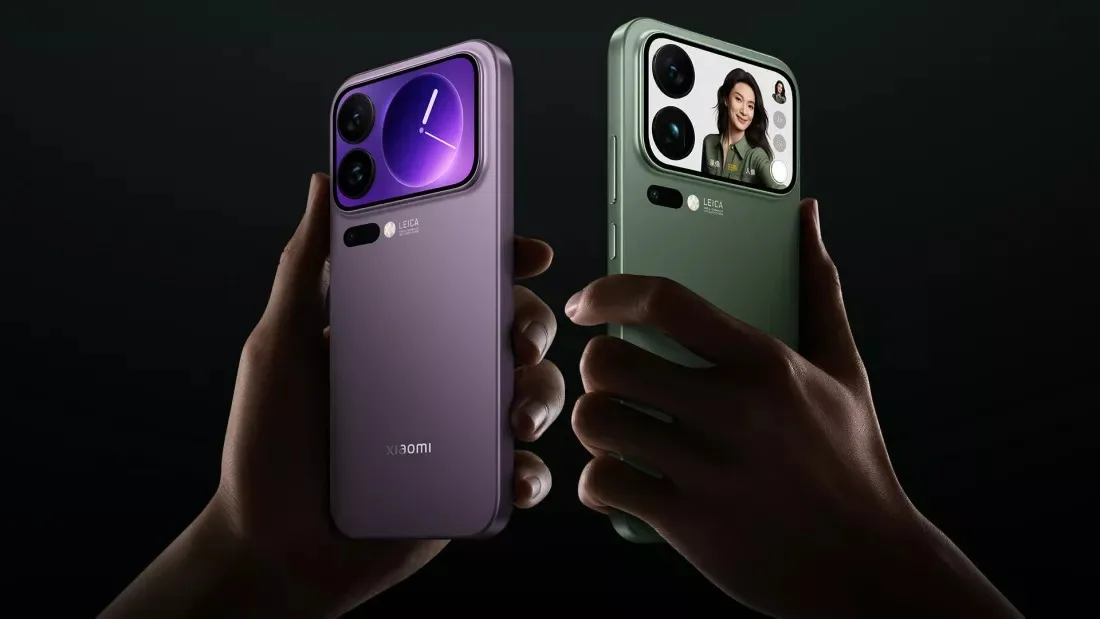
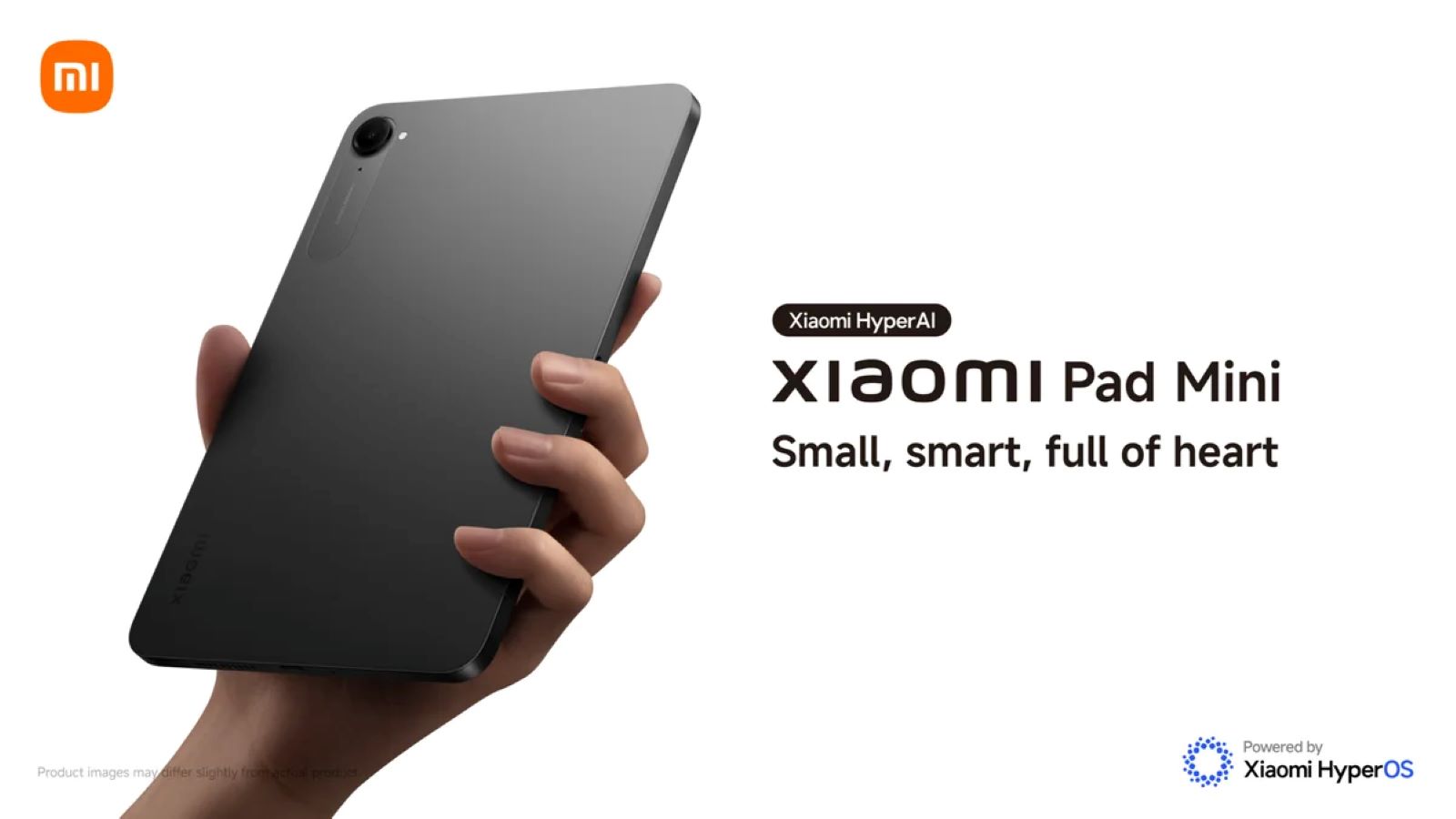

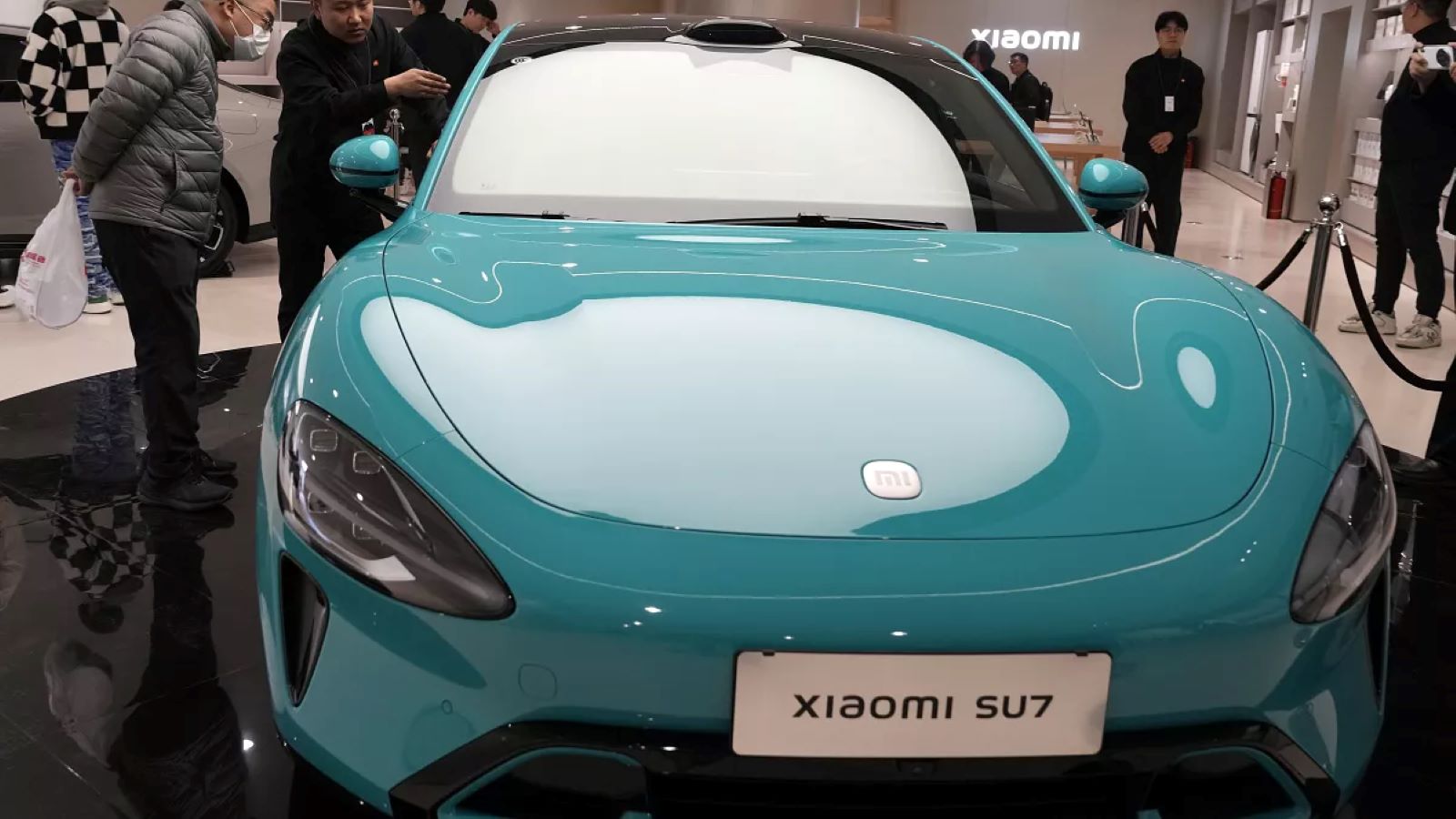
Add Comment